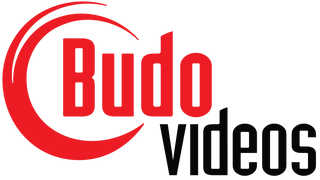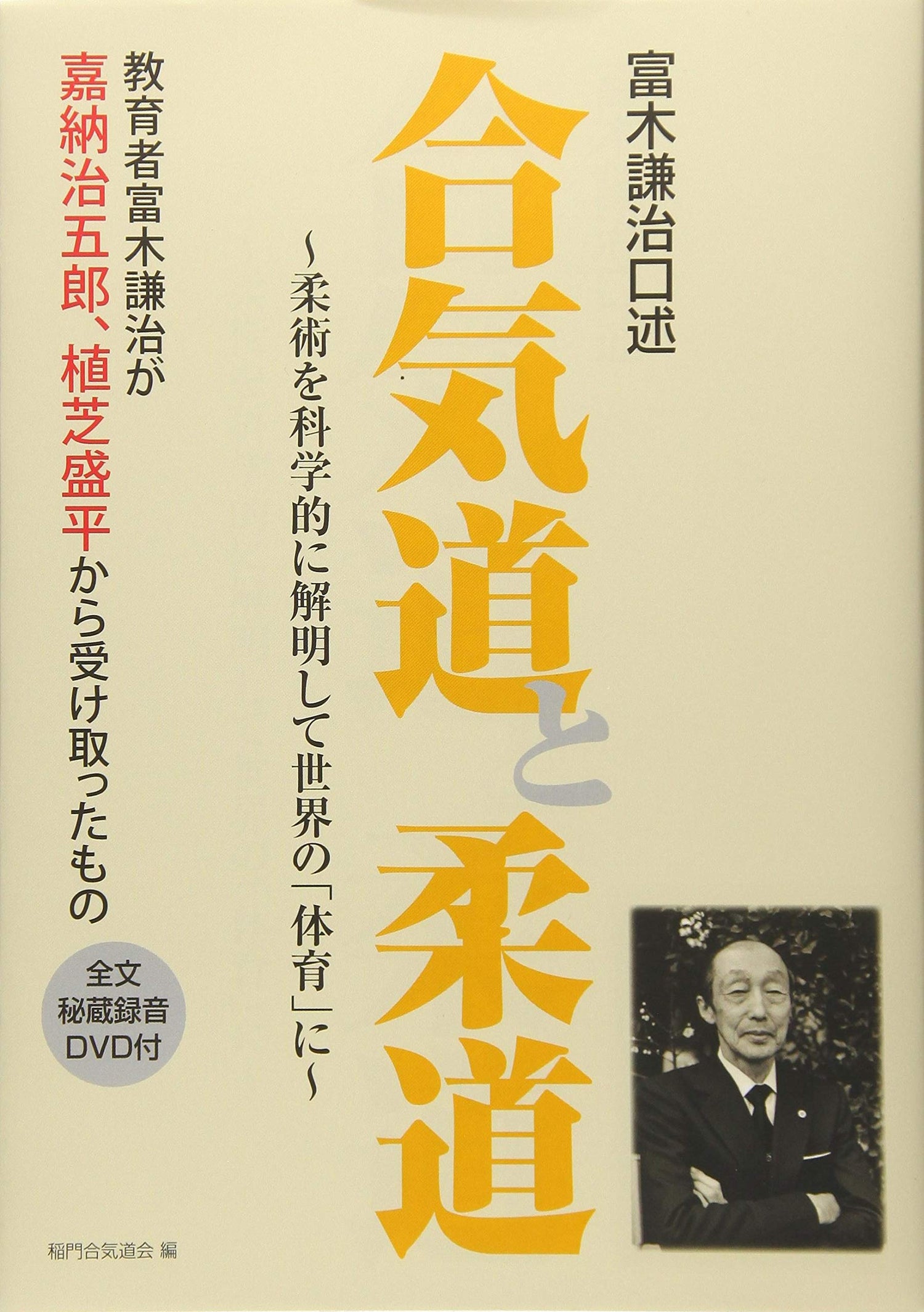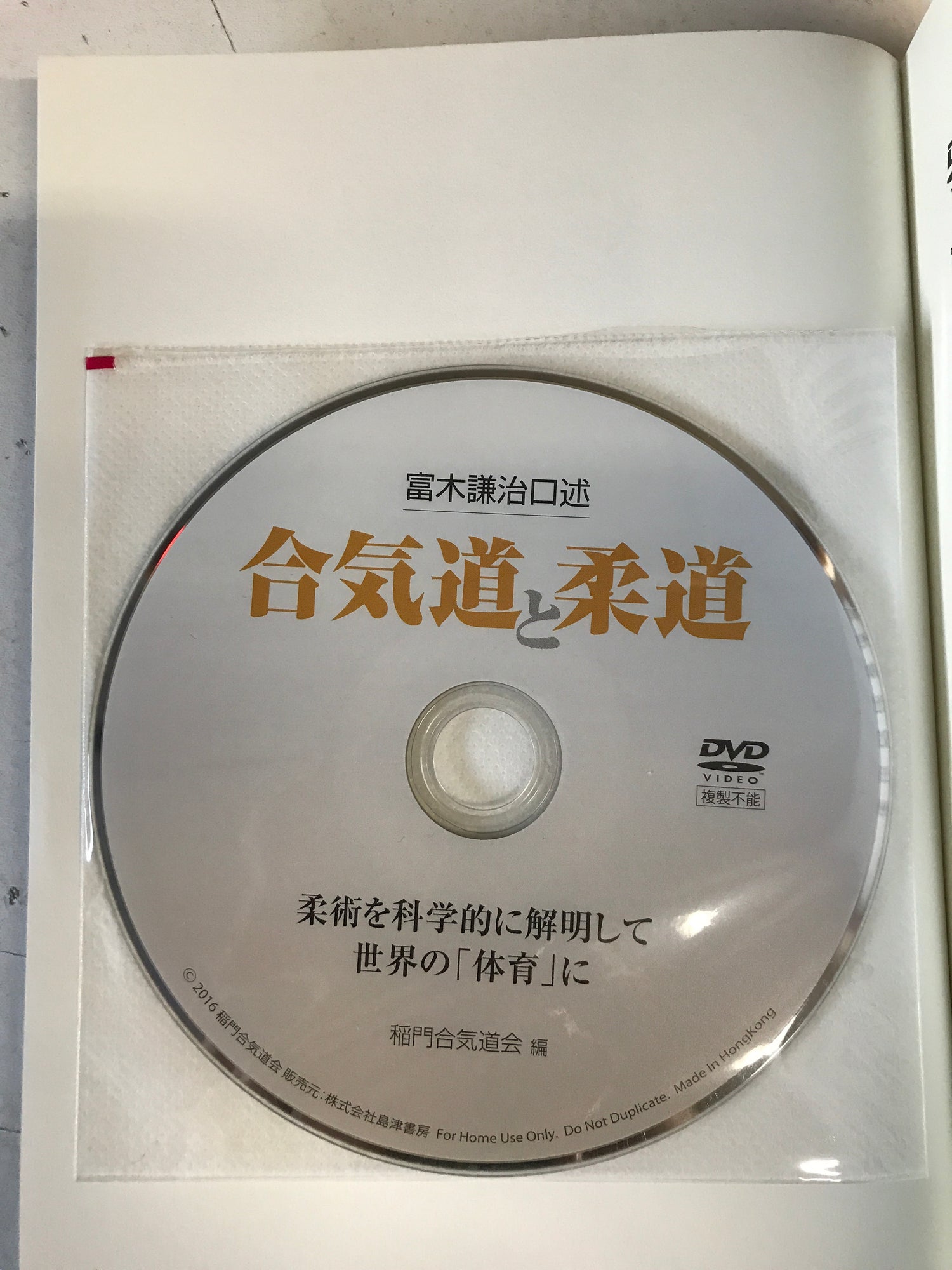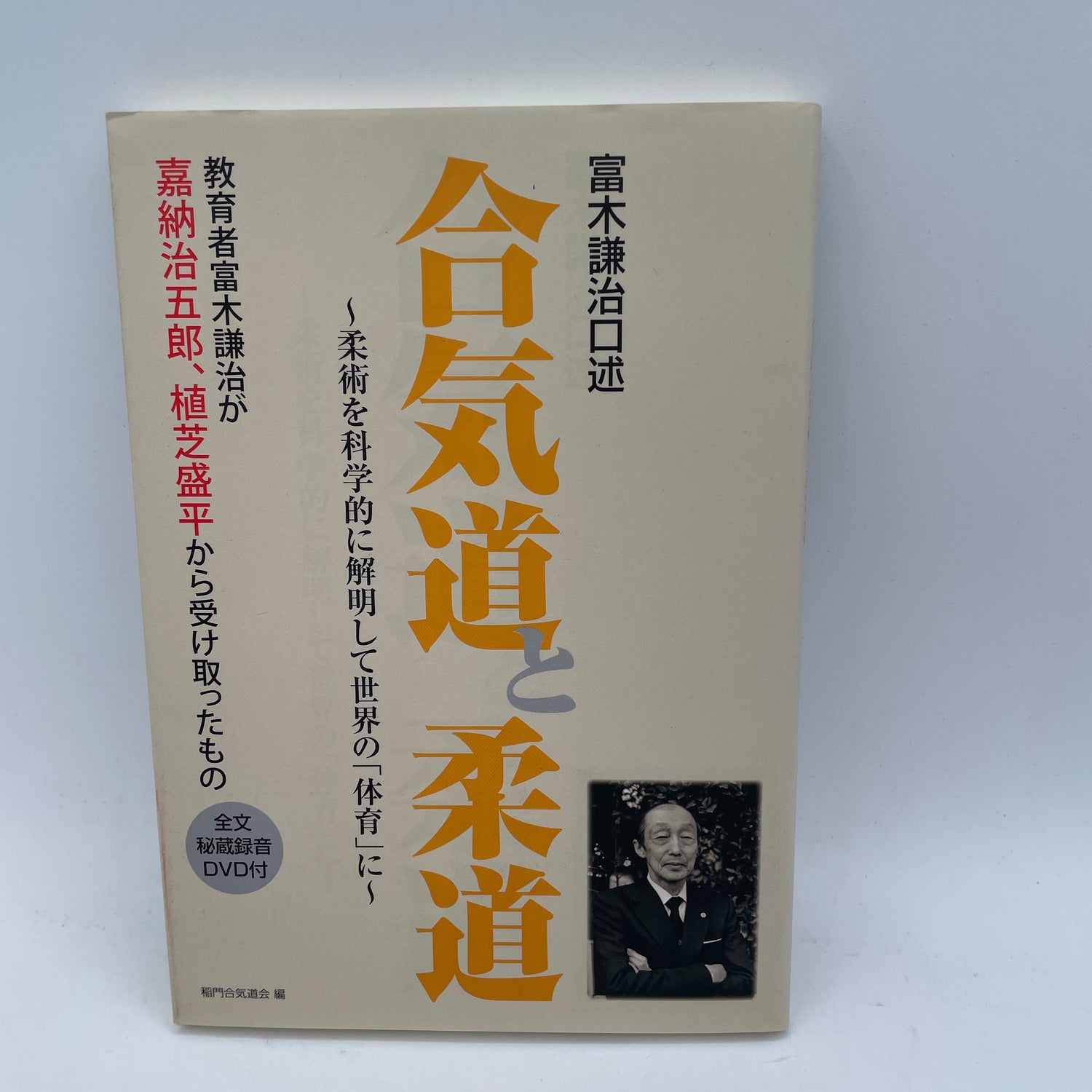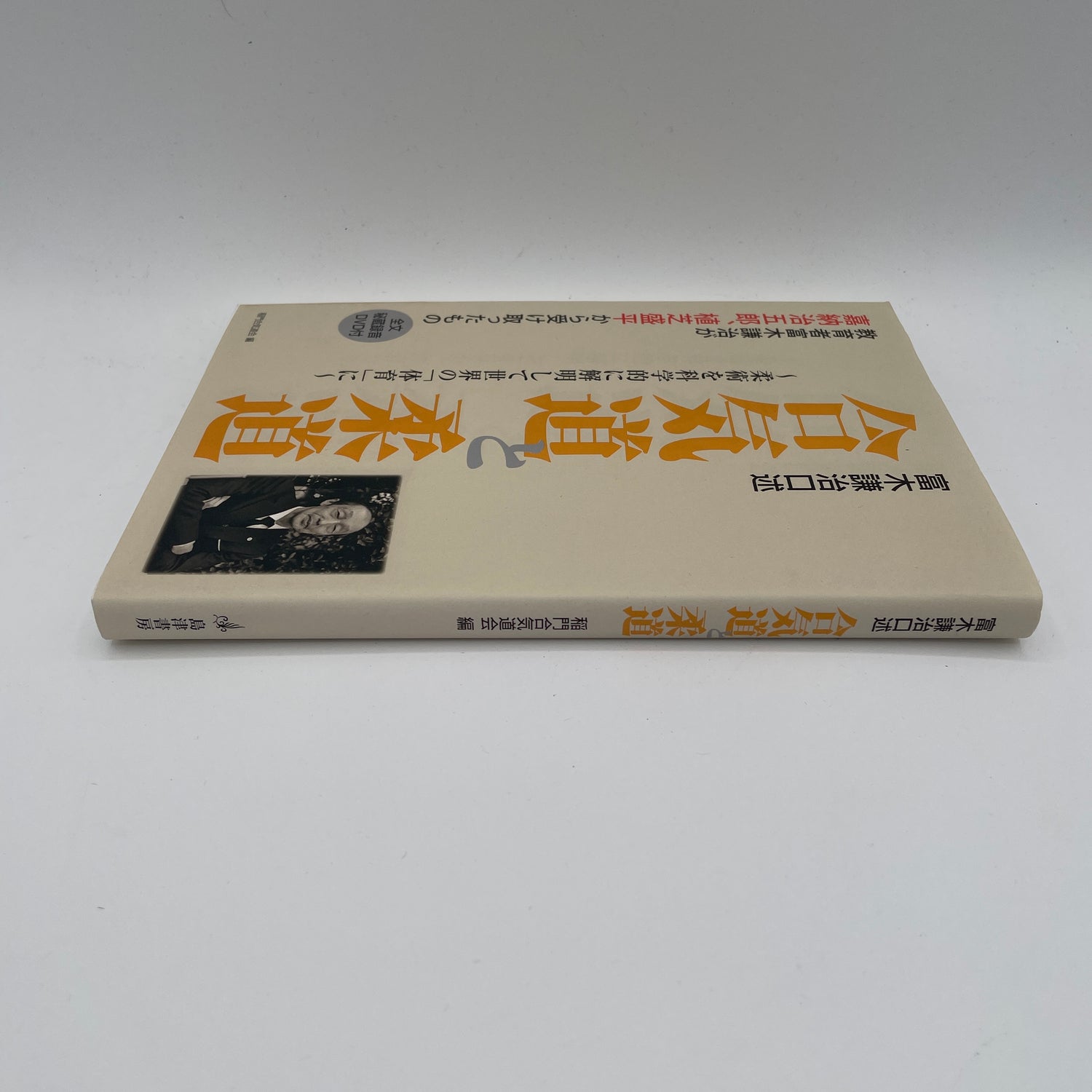Aikido & Judo Book & DVD by Kenji Tomiki
Out of print book & DVD by Kenji Tomiki, student of both the founder of Aikido (Morihei Ueshiba) and the founder of Judo (Jigoro Kano).
BOOK CONTENTS
Introduction
Chapter 1: Postwar Martial Arts Education
-The concept of “physical education”
-Conditions for reviving judo after the war
-Difference between sports and martial arts: What are their benefits over other sports?
-Developing the spirit through competition
Chapter 2: How swordsmanship and jujutsu developed during the Edo period
-The path of the sword begins with Miyamoto Musashi
-The origins of Keho Kenpo in the early to mid-Edo period: The training method of the Yagyu school, which invented the Fukuro Shinai
-In the early Meiji period, making a living through business and bone setting.
Chapter 3: Studying with Kano Sensei and Ueshiba Sensei
-The history of the Kodokan
-Morihei Ueshiba Sensei
-The history of the Kodokan
-Becoming a disciple of Morihei Ueshiba
-First person to be granted the 8th dan in Aikido
-The connection between Jigoro Kano and Morihei Ueshiba
-The path of Ueshiba Sensei’s training
-Who was Takeda Sokaku?
-Characteristics of Ueshiba Sensei's Techniques
-Defense comes first
-Ueshiba Sensei opposed turning it into a competitive sport
-Why Kano Sensei wanted to incorporate Aikido techniques: How to turn kata practice into skill
-The birth of the Waseda University Aikido Club with competition as its mission
Chapter 4 Kenji Tomiki's Efforts
-Atemi and joint locks in Judo
-Development of Kodokan Self-Defense Techniques
-The intersection of Judo and Kendo principles
-Difference from theater
-One third of jiu-jitsu is seated techniques
-Randori in the Meiji Era, with Joint Techniques
-Professor Kano and Atemi
-The basic movement of Atemi is footwork
-Techniques are learned through sense and rhythm
-Aikido Basic Training
-What prompted him to start carrying a short sword?
-"Kata", "Randori", "Contest"
-What is real randori?
Chapter 5 Thinking about the modernization of martial arts
-The meaning of learning shapes
-Accumulating science to progress: are martial arts science or religion?
-Modernizing martial arts and not modernizing martial arts
-What Professor Kano aimed for
-Will it become shallower if it becomes a sport?
-Sword fighting, the polar opposite of "stillness" - strengthening the mind in crucial battles
-Searching for a new form of martial arts
Chapter 6 Martial Arts & Religion
-instead of a knot
-The power of new martial arts
-Ueshiba Sensei's "Shinjin Aiki" is a Shinto doctrine
-Samurai society influenced by Buddhism and Confucianism
-From Buddhism (metaphysics) to Confucianism (morality)
-Zen and Bushido (Kamakura Period)
-Zen by Daisetsu Suzuki
-How are "life and death" viewed in Confucianism, Buddhism, and Taoism?
-The mixture of "emptiness" and "nothingness" in Japan
-"Gentleness" is Laozi's idea
Afterword
The other half of Judo: what Kano Sensei left undone
My dream is to practice Aikido in judo halls all over the world
DVD CONTENTS
Kenji Tomiki's Aikido and Judo
Scientifically elucidating Jujitsu and making it a global "physical education"
The recordings of the roundtable discussions that were held around Kenji Tomiki once a month from around 1975 have been edited to fit the main story. This is a valuable audio recording of Tomiki's voice as he talks about Aikido and other martial arts. Please listen to the nostalgic voice of the late Tomiki.
Introduction (3 min)
Chapter 1: Postwar Martial Arts Education (26 min.)
Chapter 2: How swordsmanship and jujutsu developed in the Edo period (14 min.)
Chapter 3: Studying Kano Sensei and Ueshiba Sensei (40 min.)
Chapter 4: Kenji Tomiki's Efforts (55 min.)
Chapter 5: Considering the modernization of martial arts (37 min.)
Chapter 6 Martial Arts and Religion (35 min.)
In lieu of a conclusion (11 minutes)
Trivia from the transcript (9 mins)
*Secret recordings revealed for the first time!
Language: Japanese
Length: 183 page book & 3.5 hour DVD
Publication date: 2017
Impossible de charger la disponibilité du service de retrait

